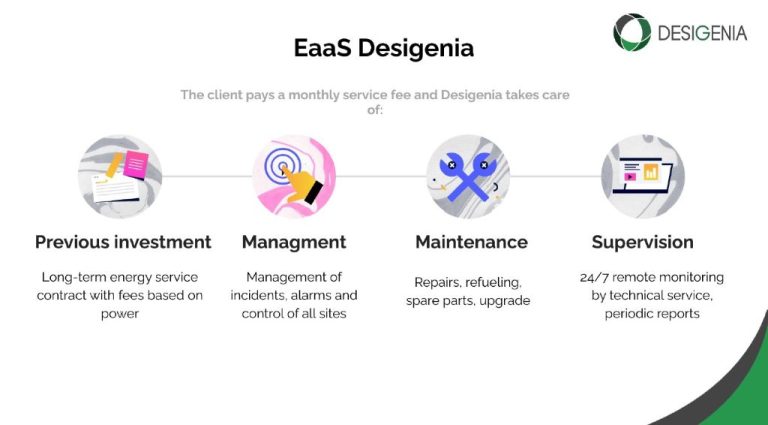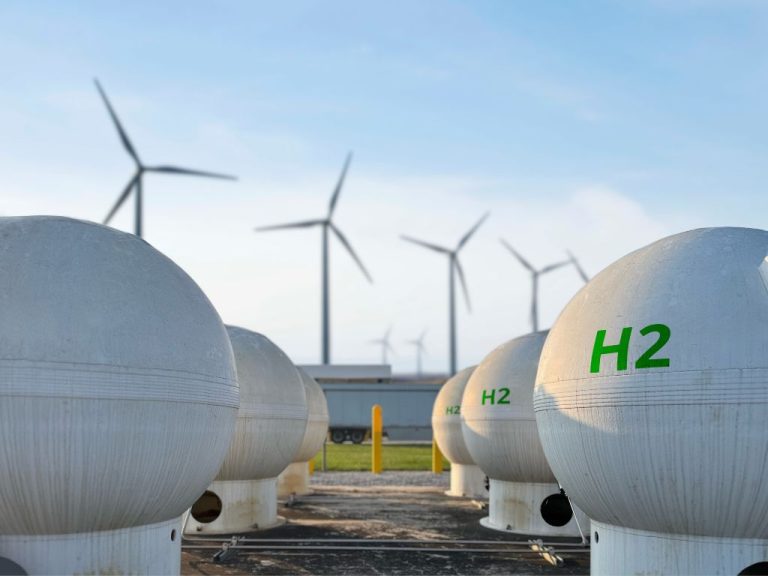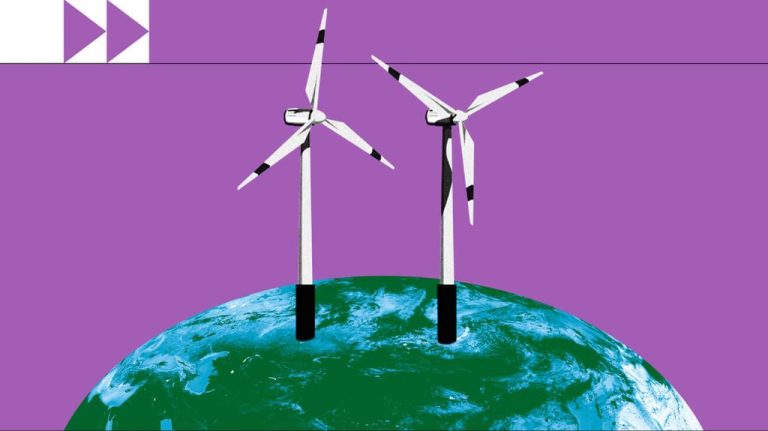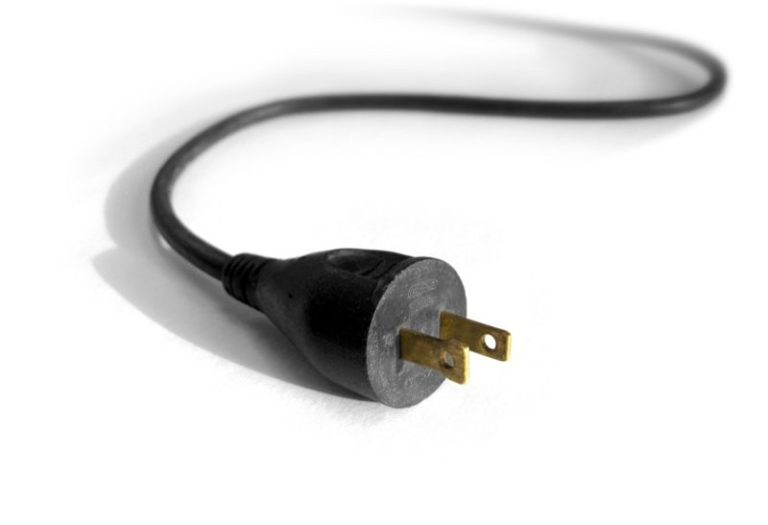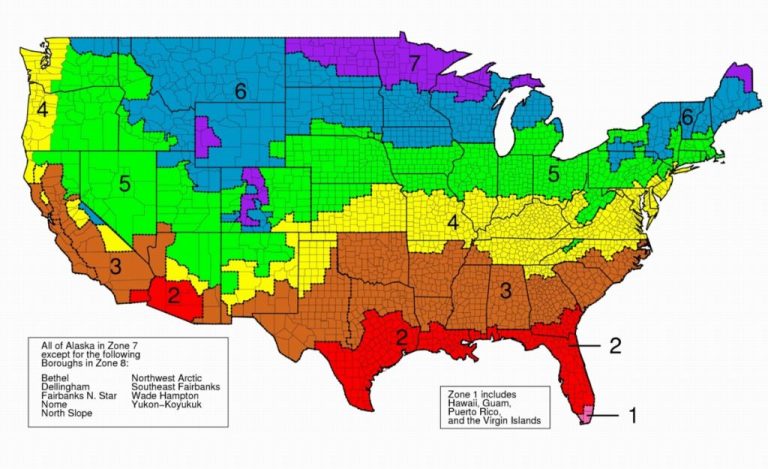Why Solar Energy Is Not Sustainable?
High Upfront Costs
One of the biggest challenges with solar energy is the high upfront costs associated with purchasing and installing solar panels. According to NerdWallet, installing a 6-kilowatt solar system costs between $15,000 and $21,000 on average. For larger residential systems, costs can easily exceed $40,000. These high installation costs put solar out of reach for many homeowners.
In addition to the installation costs, solar panels can take a very long time to pay for themselves through energy savings. Most solar systems take anywhere from 8-12 years to break even. This long payback period makes investing in solar panels less financially appealing. Many homeowners are hesitant to make such a large investment that may not pay off for over a decade.
Finally, the large upfront investment makes financing solar installations challenging. Most homeowners need to take out loans to pay for solar panels, but not all can qualify for the needed financing. Banks may view these loans as risky given the long payback period. Difficulty obtaining financing presents another hurdle for those hoping to go solar.
Intermittency
One of the biggest challenges with solar energy is its intermittency. Solar panels only generate electricity when the sun is shining, requiring storage or backup power sources to provide electricity at night and during cloudy days (The Intermittency Challenge with Solar and Wind Is Not Going Away). Unlike conventional power plants that can operate at any time, solar cannot be relied upon to fully replace baseload power generation. The sun follows daily and seasonal cycles, meaning the output of solar facilities varies greatly throughout the day and year. Sudden changes in solar generation due to cloud cover can also be disruptive to grid operations (Renewable Energy Intermittency Explained: Challenges, Solutions and Opportunities). While storage and grid management techniques can help mitigate intermittency, integrating large amounts of solar energy remains a challenge.
Land Use
Solar farms require large amounts of land area. According to Pivot Energy, a general rule of thumb is that each direct current megawatt requires approximately five acres of buildable land. Transect notes that it takes roughly 6 to 8 acres to house equipment and panels for a 1 MW site. Since utility-scale solar farms are usually over 20 MW, they can cover 100 acres or more.
The amount of land needed for solar power can have environmental impacts. Large solar arrays can displace natural habitats, disrupt ecosystems, and interfere with wildlife. The land clearing and construction involved in developing solar farms can negatively affect vegetation, soils, and drainage patterns. Proper siting and environmental reviews are necessary to minimize ecological harm from solar projects.
Short Lifespans
Standard solar panels typically have a lifespan of around 25 years before their efficiency declines and they need to be replaced (1). After that time period, the solar panels may stop working properly or have declining energy production. Replacing old solar panel systems creates more waste and cost (2). Since solar panels contain electronic components and metals encased in glass and plastics, they can be difficult to properly recycle at scale. As more solar panels reach their end of lifespan, the industry will need better recycling programs to handle the waste. This continuous replacement cycle makes solar power less sustainable long-term.
(1) https://www.forbes.com/home-improvement/solar/how-long-do-solar-panels-last/
(2) https://www.greenbiz.com/article/what-will-happen-solar-panels-after-their-useful-lives-are-over
Weather Dependence
One downside of solar energy is its dependence on weather and seasons. Since solar panels rely on sunlight to generate electricity, their output can vary substantially due to cloud coverage, rain, snow, and other weather events. According to SisolarCo, solar panel efficiency decreases by around 50% on cloudy days compared to sunny days. This makes solar energy less reliable than conventional power plants that can operate in all weather conditions.
Solar panels are also affected by seasonal changes in the climate and sunlight hours. During winter months when days are shorter, solar panels receive less sunlight and generate less electricity. In northern latitudes, solar output can decline by 50-80% in winter compared to summer according to some estimates. This intermittency due to weather and seasons makes it challenging to integrate solar into the grid at scale.
To summarize, the variability in solar panel output due to weather and seasonal changes makes solar power less reliable than traditional baseload sources. While solar energy production can be predicted to some degree, it lacks the consistent availability of fossil fuels and nuclear power. This presents obstacles for using solar as a major energy source unless large-scale energy storage is implemented.
Storage Limitations
One of the biggest challenges facing solar power is the lack of cost-effective, large-scale storage solutions (source). Without storage, solar power can only be generated when the sun is shining. This intermittency limits solar’s ability to provide continuous power around the clock.
Batteries can store solar energy for use at night, but battery storage substantially increases costs. Current battery technology also restricts how much energy can be stored. Scaling storage to the terawatt-hour level required for nationwide solar power would be extremely difficult and expensive with today’s technology.
Until more cost-effective, large-scale storage is developed, the intermittent availability of solar will remain an obstacle to it becoming a dominant energy source. Without storage, solar is limited in its ability to deliver reliable 24/7 power like conventional sources.
Transmission Loss
Solar farms located far from cities can lose a significant amount of the power generated through transmission lines before it reaches the end user. According to an analysis by the Institute for Local Self-Reliance, large solar farms can lose 12-15% of power through transmission over long distances (https://ilsr.org/lost-transmission/). In addition, the decentralized nature of solar power with panels on rooftops makes grid integration more challenging. Estimates for transmission and distribution losses range from 5-7% for electricity transmitted over long distances (https://cleantechnica.com/2014/04/28/can-grid-loss/). Distributed solar generation at or near the point of use avoids these line losses.
Toxic Materials
Solar panels contain toxic metals like lead and cadmium that can leach out as the panels degrade (“The Dark Side of Solar Power”). When solar panels reach the end of their lifespans, they create a growing toxic waste problem. Safe disposal of solar panels is difficult and costly due to the presence of these toxic materials (“End-of-Life Solar Panels: Regulations and Management”). Improperly disposed solar panel waste could leach toxic metals into the environment, posing public health hazards (“Dark Side to Solar? More Reports Tie Panel Production …”).
Lack of Infrastructure
Widespread adoption of solar power faces challenges due to lack of infrastructure. Major infrastructure upgrades are needed to accommodate large-scale solar generation. Solar panels produce DC electricity which must be converted to AC power using inverters before connecting to the grid. Upgrading the electric grid to handle two-way power flow also requires significant investment in smart grids, energy storage systems, and advanced metering infrastructure.
Scaling up solar power is especially challenging in developing nations that lack reliable electricity infrastructure. Building solar farms and distribution networks from scratch is cost prohibitive. As noted in an article on Solar Energy and Infrastructure from Utilities One, “With increased awareness and affordability, solar-powered construction techniques are expected to become more prevalent.” But this requires long-term planning and capital investment that developing nations may struggle to mobilize.
Alternatives May Be Better
While solar energy has many benefits, other renewable energy sources may be more viable alternatives in some cases. Hydroelectric, wind, and nuclear power all have advantages over solar that are worth considering.
Hydroelectric power makes use of the energy from flowing water to generate electricity. It has a high capacity factor, meaning the plants can reliably generate electricity around the clock. Hydroelectric also has a long lifespan, with facilities often operating for 50-100 years. It’s dependent on suitable geography, but for locations with access to flowing water, hydro can be an efficient renewable option.
Wind power is another alternative that competes well with solar in many instances. Modern wind turbines can operate at high capacities, generating power around 35-55% of the time. Wind energy is rapidly scalable and new projects can come online quickly. While dependent on adequate wind patterns, wind farms are less sensitive to weather variability than solar arrays. Additionally, wind turbines take up less space than solar panels for a similar energy output.
Nuclear power provides a zero-emission baseload energy source. Unlike intermittent renewables, nuclear can provide reliable power regardless of weather conditions or time of day. While costly to build, nuclear plants can operate for 60 years or more. And compared to solar’s land use requirements, nuclear has a small geographic footprint relative to its energy production.
While solar certainly has its strengths, factors like capacity, scalability, reliability, space constraints, and geographic requirements may make other renewables or nuclear better options in some circumstances.

